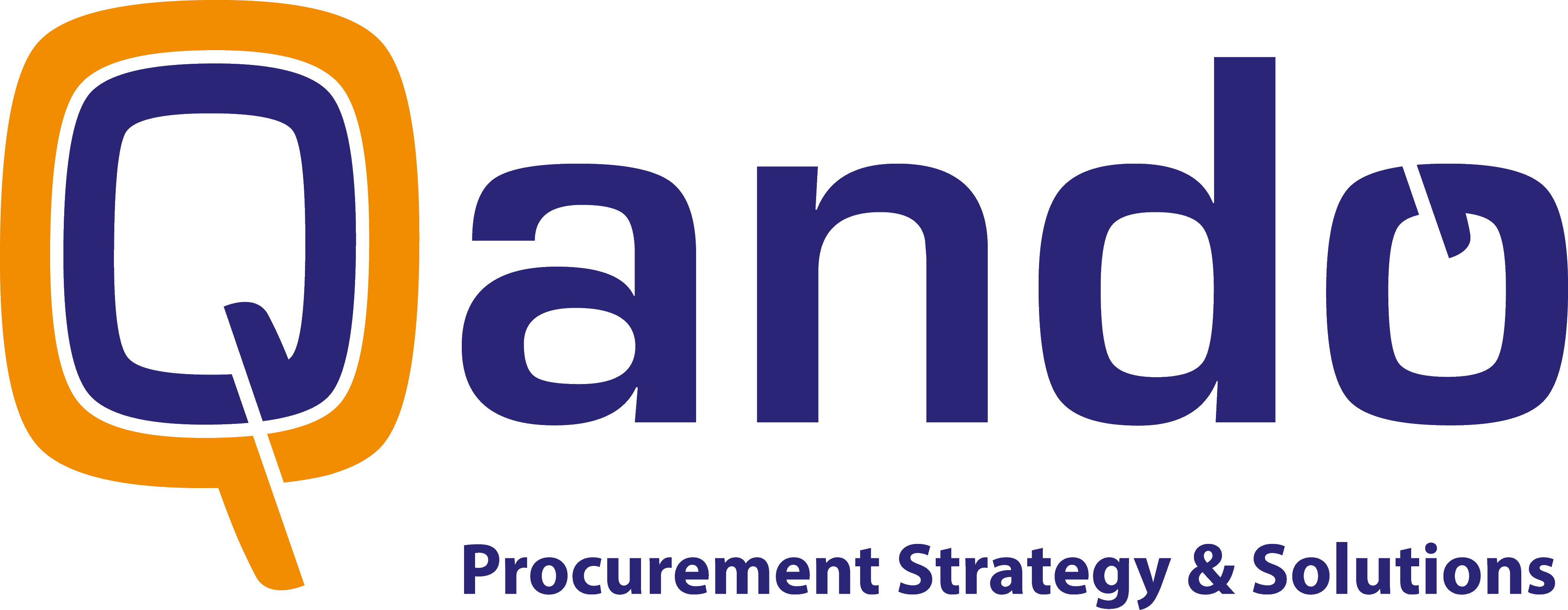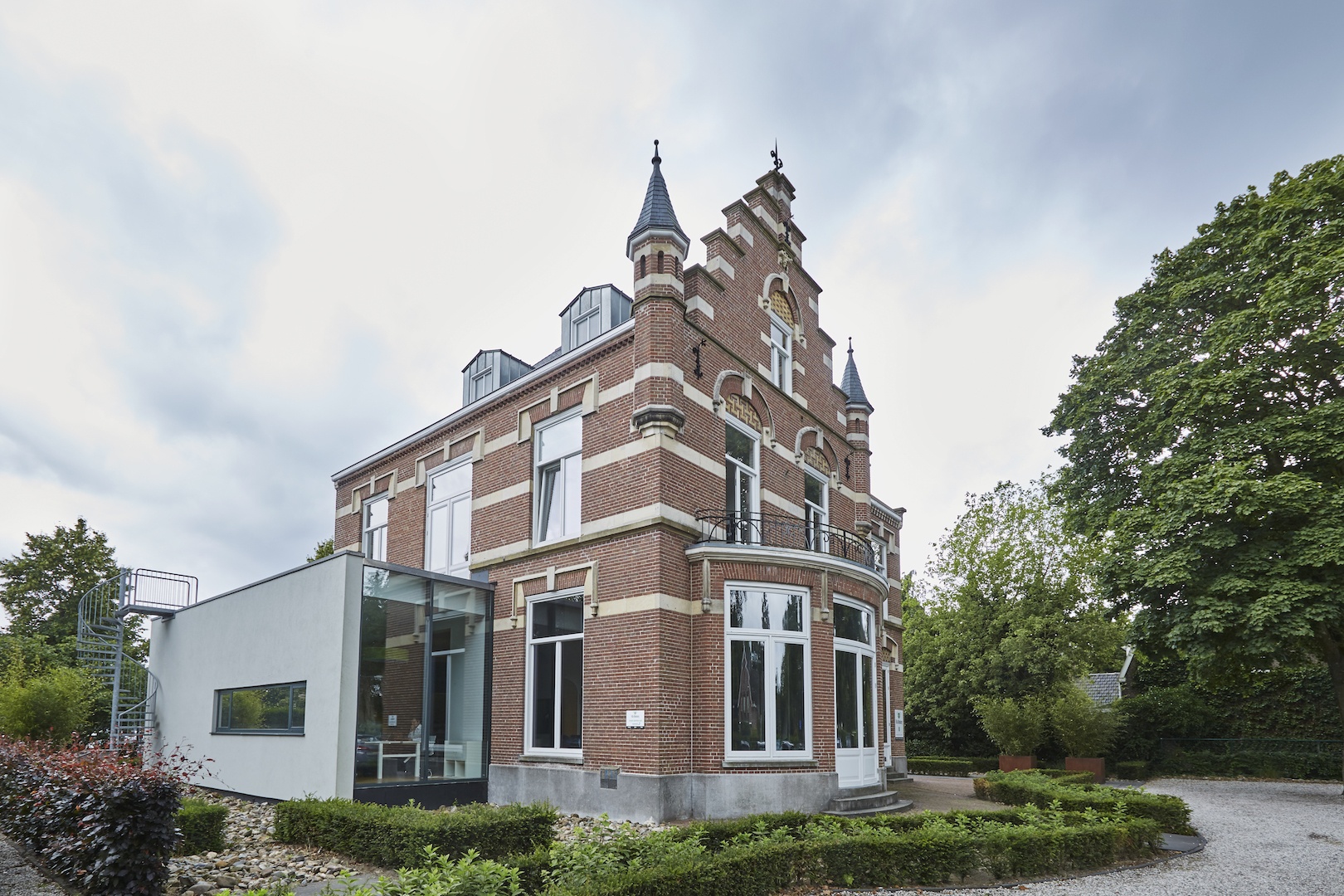When defining a project, the choice will be made to steer at low costs or at shortest lead time, while the scope variables and the level of quality remain the same. In the current economic state, time to market is often seen as the most important driver and thus a project will be time-driven. As a result, a project will not be executed at the lowest costs.
Costs and lead time cannot be seen separately: a longer lead time affects costs negatively through ongoing team costs, construction site costs etc. A shorter lead time ensures that less time will be invested in the design and less time will be spent in the purchasing process to investigate suppliers and negotiate prices and conditions. As a result, specifications will be less detailed and thus costs and risks will increase in the project.
In this article, we will argue from the theory of Williamson that also in a time-driven project sufficient time must be taken to define a good scope and sufficient time must be taken to agree right prices and conditions with suppliers, so that the goals of the project can be achieved.
Transaction costs
The concept of Transaction Costs Economics has become known through Oliver E. Williamson’s 'Transaction Cost Economics'. Oliver E. Williamson received the Nobel Prize for Economics in 2009. Transaction costs are the costs that have to be incurred in order to reach a transaction. Hereby, we can distinguish three types of transaction costs:
- Search- and information costs are costs that have to be made in order to find out whether a product is available, where it is available and where it can be found at an acceptable price. By using a framework agreement of the organization and knowledge of the engineering contractor, search and information costs can be reduced. Examples include suppliers who have the right technical qualifications and the right certification, are sufficiently creditworthy, deliver consistently good quality, etc. Of course, there is a tension between finding the best and cheapest supplier and the time this process takes. Therefore, in a time-driven project, well-known suppliers will often be chosen, because their technical capabilities are known. In a project where new technology will be applied and/or will be cooperated with new suppliers, the information period takes more time. If the technical capabilities of the supplier are insufficiently investigated, this can lead to painful surprises during the project and ultimately will lead to a longer lead time and extra costs.
- Contract costs are the costs of reaching an agreement with the other party, the transaction, setting up a contract, etc. Contract costs can be reduced by using existing framework contracts or by using standard sets of conditions during tenders, possibly supplemented with specific conditions. Of course, a good contract will result in less risk for the client of the supplier's failure to comply with the agreements. In addition to, audit and compliance costs can be reduced through a clear scope and clear contractual responsibilities. These are enforceable by: recording bonus/malus in respect of delivery times, liability for damage, guarantees and termination clauses. However, negotiating and recording these agreements takes time. In order to not surprise the supplier and to extend negotiations, these items are preferably included as part of the request.
- Control- and compliance costs are costs that have to be incurred to ensure that all parties meet the contract terms and the incurred costs to take action against a party that does not meet the conditions, for example inspection costs, speeding up costs and legal costs.
A number of suppliers will initially provide longer delivery times or higher prices from a risk management perspective if a fine is imposed on late delivery. The advantage is that the purchasing organization knows where it is up to. A delivery time without consequences for late delivery means an intention to get it, a delivery time with a fine is a delivery time with a (small) guarantee. Incidentally, a liability clause, whereby indirect damage is not excluded, can also be (mis)used to, for example claim future production loss or extra hours to be incurred. It is good to remember that this last trick usually only works once.
As we already saw in contracting costs, it is useful to have framework agreements, but control and compliance costs can also be reduced through framework contracts. A precondition is that formal or informal escalation channels are available and that there exists a certain degree of commitment between the supplier and the client.
In addition to contractual agreements, "emotional contracts" also work as a rule. With more important (riskier deliveries or services) agreements, it is important to speak to the supplier in advance face-to-face and explain what is important for the client. After contracting, frequently calling or visiting a supplier can ensure that the priority of the delivery remains high at the supplier. Compliance and progress can be monitored by making agreements on the delivery of production schedules, including deliveries from suppliers, during contracting. Often, (the excuse for) not achieving a delivery time will be caused by ordering parts too late or late delivery of the supplying parts by their suppliers. The disadvantage, however, is that the control activities are very labor-intensive and therefore have a cost-increasing effect. All methods of control and compliance are aimed at inspecting the status and being able to influence this, but in particular to ensure that your delivery has and remains top priority with your supplier.
Article will resume after the image.

Steering mechanisms of transaction costs
The transaction costs mentioned before are influenced by a number of steering mechanisms, it is up to the purchaser to recognize them and to minimize the risk. Organizations try to maximize profits and minimize costs, meaning that suppliers will not execute goods or services that are not explicitly described in the contract or will execute them at additional costs. In addition, people are limited by imperfect information; at the time of the application and release of the quotation and order, not all circumstances are known that influence the final delivery. Think about the total order intake of the suppliers, the progress of the project itself, unforeseen circumstances (especially in brownfield projects), issuing permits, etc.
People are limited in terms of rationality, prompted by their cognitive capacities and the time available. They are looking for a solution that works and not for the best solution. This has as a direct result that the set specifications regarding logistics, scenarios, technology, coherence with other parts, set bonus/malus etc. are, to a certain extent, imperfect. Opportunistic behavior by suppliers can increase the (transaction) costs. Some suppliers are willing to score competitive agreements with promises that they cannot or hardly meet, some clients squeeze suppliers out to the bone. Suppliers will find an excuse for (small) changes in scope or non-timely response to a design by the client to no longer meet set delivery times or to increase the price. All this leads to an increase in control and compliance costs through speed up activities, inspections and any possible legal costs, and can ensure that the set goals of the project will not be met.
Conclusion
The aim of the project purchaser should be that total costs, so the sum of the transaction costs and the purchase costs, are as low as possible to achieve the project goal. Note: this means including the scope set, quality requirements and lead time with sufficient control of the risks. It is up to the purchasing organization to always make a conscious choice which ways of control and compliance versus the associated costs/risks and lead times will be used.
It is recommended to think carefully about:
- What requirements must my suppliers meet? (Qualifications)
- What should my supplier deliver? (Scope)
- How do I want to work with the supplier? (Relationship)
- What delivery time do I expect? (Delivery time)
- What do I want to spend? (Budget)
- How critical is the product or service in my project and what are the risks? (Risks)
- What measures can I take to mitigate these risks? (Risk mitigation)
- What possibilities are there to incorporate the product or service in the project? (Scenarios and backup possibilities)
- What coherence is there between other project parts? (Integrality)
A project team should carefully think about what they want and have a foresight. This is preferable to quickly deciding to sign a contract and then facing problems later on in the project, where the project team realizes that they have to settle for the second-best option. In other words: "Why be satisfied with silver, when you can aim for gold".






